Rev. James Joy Mohan Nichols Roy was the grandnephew of U Tirot Singh of Nongkhlaw Syiemship. He was born at Mawsyiarwait, Shella confederacy on the 12th of June 1884 in a struggling family. His father U Khan Than Roy who hail from Khapmaw in the then Shillong State was a manual daily worker. Both Rev. Nichols Roy’s parents were strangers in brahminical influence Shella society, but had moved there for economic reasons in order to make a living. He studied at Lba High School but was disrupted following a devastating earthquake in 1887.though the great tremor had not bought any significant damage of U Khan Than Roy’s house and his belongings nevertheless together with those who survive in the incidence, decided to shift to a safer place at Jasir. Later Rev. Nichols Roy completed his entrance examination from what is known as the Shillong government High School in 1889. the he went to Kolkatta for higher studies and successfully accomplished his B.A. degree in 1904. As the essay on Rev. Nichols Roy as a statesman we will try to concentrate on cultural consequences following his political involvement. In once upon a time period the Khasi - Pnars were under a single divine political enclosure of the sixteen huts (Ki Khad Hynriew Trep). Though there were no evidence to identify their place and location there were nevertheless enough account in the oral tradition of the community it was told that the seven huts below sought for the independence from the nine huts above and subsequently led to the removal of the golden ladder and severed all physical contacts. The place where this golden ladder was removed is identified as U Lum Sohpet Bneng (A Naval Heavenly Hill). Though the seven huts below has discontinued with the nine huts above they were nevertheless believed to have been one people under one political authority. However by the time the East India Company entered into the Khasi Jaiñtia area in the early part of the 19th century, they found that the people and areas had been disunited and fragmented into many as 29 independent states. Each state has its own chief, council of ministers, durbar and territorial boundary. They maintained their own independence and integrity. While each political system was so advanced like most modern form of democracy, it nevertheless lack a common federal system that could have brought them together to a common sense oneness. Added to it was the growing rise of numerous unintelligible dialect, uncommon religious system and even difference in several social elements, like, dresses, food, habits and manners.
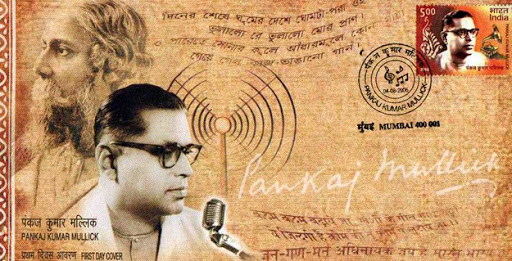
Rabindra Sangeet And Pankaj Kumar Mullick
Rabindra Sangeet And Pankaj Kumar Mullick . Click Here
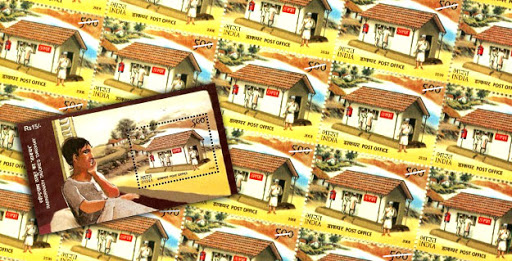
Rabindranath Tagore And His Play PostOffice
Read About Tagore And His Play Post Office...Click Here
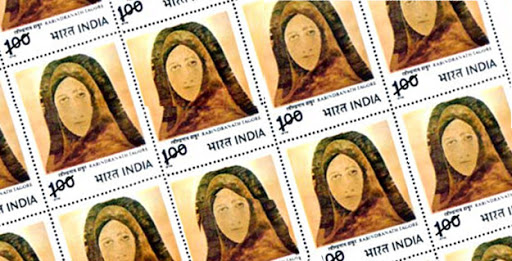
Stamps On Paintings Of Rabindranath Tagore
Stamps Related To Tagore As A Painter....Click Here
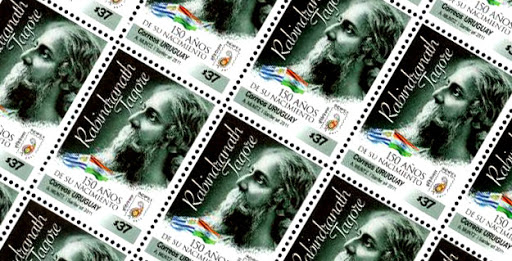
Uruguay Celebrates 150yrs Of Rabindranath Tagore
Many Countries Will Release Stamps On Tagore..Uruguay was the first Click Here
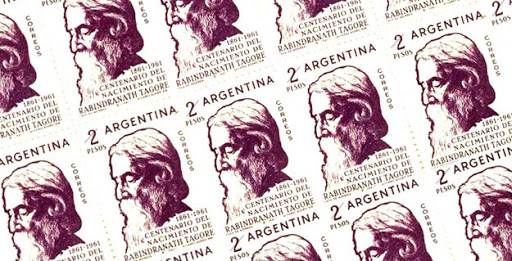
Rabindranath Tagore And Argentina
Rabindranath Tagore And Argentina....Read more





